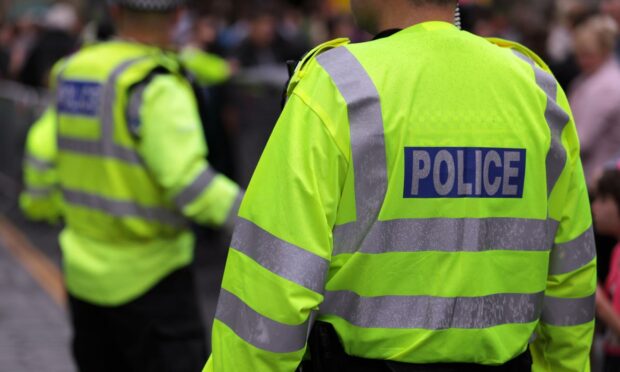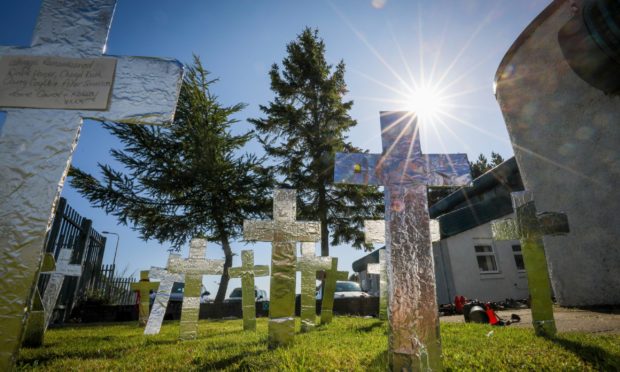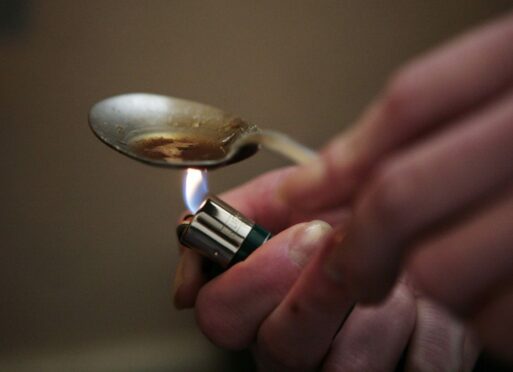UK drug laws are “no longer fit for purpose”, one of the heads of Scotland’s Drug Death Taskforce has said.
Speaking with MSPs, vice chair Neil Richardson OBE warned current legislation did not meet Scotland’s recovery needs, but warned of bringing in “hasty” legislation which would be unfit for a future world.
Members of the Holyrood criminal justice committee met representatives from Police Scotland, the Scottish Drugs Forum, the taskforce and people with lived experience of addiction on Wednesday.
Safe-consumption advocate Peter Krykant and others in recovery shared their experience with hard drugs and the dreadful impact they had on their mental and physical well-being.
Members also heard how lucrative the drug trade was in Scotland, with organised criminal gangs exploiting the country’s most vulnerable for more than £2 billion a year.
Dealing drugs in Scotland is the most profitable criminal market in the country, police confirmed during the session.
Scotland has the highest rate of drug death in the Western world, with 722 fatalities recorded in the first half of 2021 alone.
The figures for 2020, show a record high of 1,339 people died from drugs, 3.5 times higher than anywhere else in the UK.
Labour leader Sir Keir Starmer said last week he would not reform the Misuse of Drugs Act, should he become Prime Minister.
Earlier this week MSPs warned a lack of coordination between Scotland’s drug and mental health services had serious impact on the country’s recovery programmes, something Police Scotland and the Drug Death Taskforce reaffirmed during Wednesday’s evidence session.
Lived experience
Hearing from those with lived experience, Natalie Logan MacLean of Sustainable Interventions Supporting Change Outside (Sisco) said when she first appeared as a user in 2006 services were “no help” and had not improved in the 15 years since.
Louise Stevenson, of Safeguarding Communities Reducing Offending (Sacro), described the revolving door between prison and drug abuse.

The Fife woman, who explained to the committee she had her children removed from her care by the state in 2013, warned the area was awash with “crack”, a drug she claimed was worse than heroin and that people desperately needed compassionate care.
“You see people overdosing in the streets, I have seen people regularly in closes taking drugs.
“People don’t want to see that, you don’t want to see that.”
Public health policing
Superintendent Norman Conway, Police Scotland, told the committee the force had established a new division to reflect the country’s efforts in tackling drug addiction as a public health matter.
He said: “I represent a new division, a merge of the former safer communities department and we are working closely with the violence reduction unit and international development.

“Our unit formed in April 2021 and we are heavily focused on public health approach to policing and trying to embed that across the force.
“We have people working with NHS, Education for Scotland and Scottish Government colleagues where we are looking at trauma-informed package for the whole force.”
He added: “What I see from a policing perspective, is there is overlap. There are gaps. A lot of funding is allocated to symptoms like mental health, violence, poverty, homelessness and the coordination could be better.
“Some of the work taken forward under the Drug Deaths Taskforce is a positive opportunity to make it more personal centred.”
Safe consumption and drug laws
When asked how the Scottish Government could legislate effectively to reduce drug deaths, Mr Richardson OBE explained the needs of those in recovery were complex.
The Scottish Drug Deaths Taskforce was set up in 2019 as part of efforts to stem the country’s “appalling” death rate.
Mr Richardson said: “The Misuse of Drugs Act ranges somewhere between being now no longer fit for purpose and in need of significant reform.
“The extent to which and what the priorities should be is the devil in the detail.”
He added: “So things like the National Care Service, the reforms on community justice and the work of the drugs death taskforce…I’m not sure they are as joined up as they should be.
“What we don’t want to do is replace legislation which has largely fallen out of favour because it’s the needs of today, with hasty legislation which does not reflect the needs of tomorrow.
“That is part of the reason the Taskforce has set out phase two, a broader public consultation.”
Peter Krykant added: “We just need to open these facilities. What is the government going to do once we have? Send in the tanks?”

